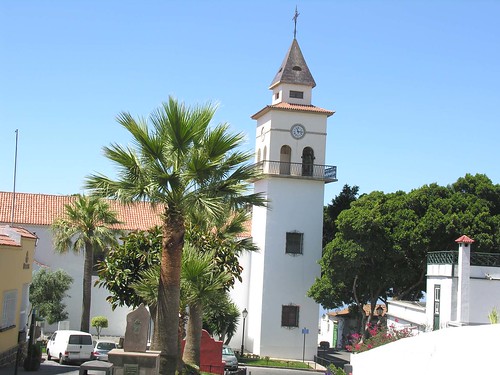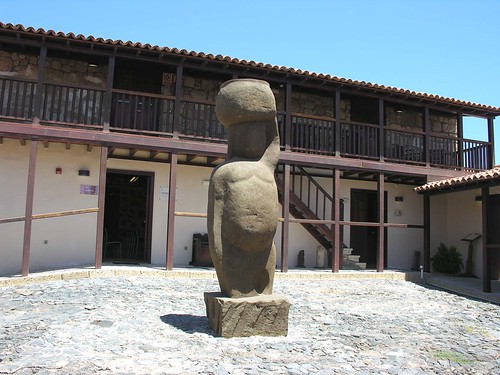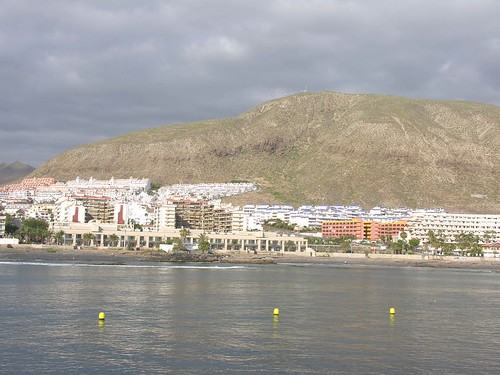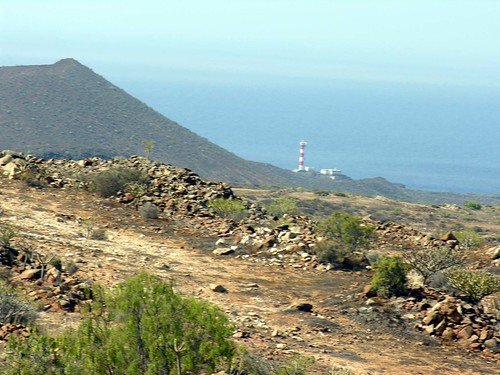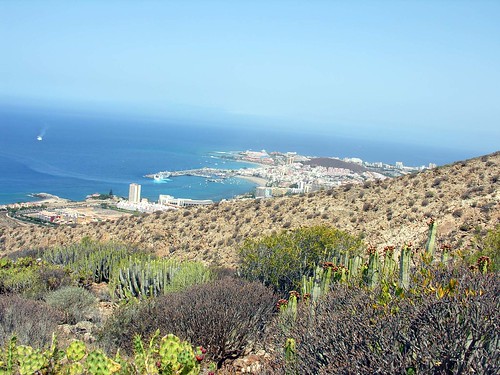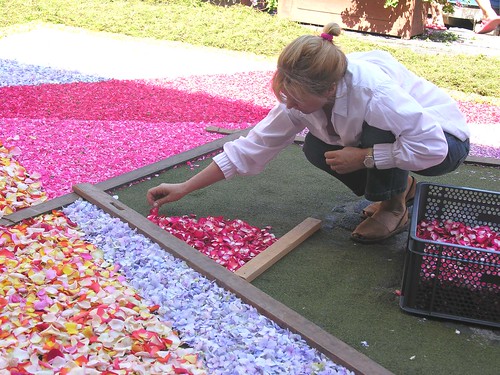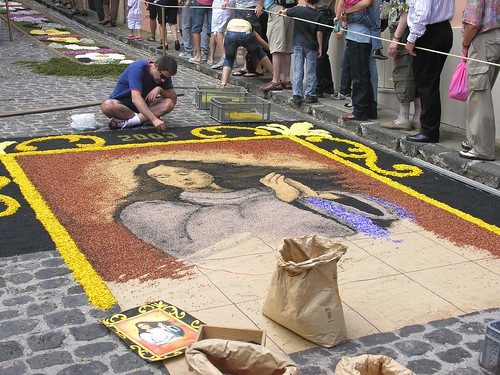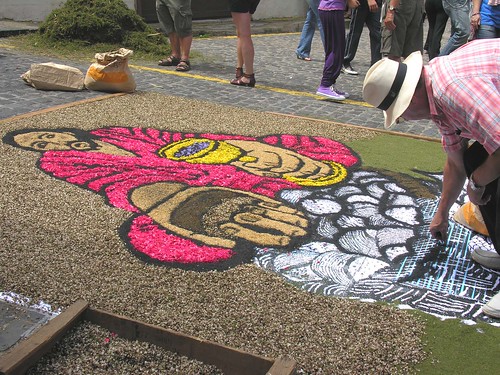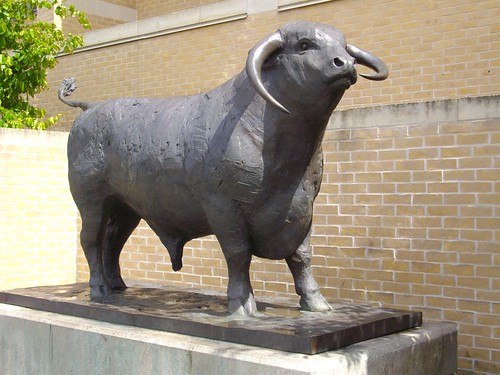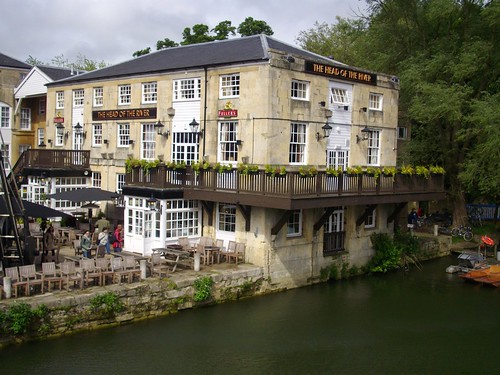A stuffed donkey, a blood covered woman rolling in feathers, and a humming bird in a trance, there’s only one place I could be. TEA (Tenerife Espacio de las Artes) , the wonderful and sometimes downright weird art and culture gallery in Santa Cruz. This was my 4th visit since they opened barely a year ago, it’s always a real treat for all the senses, and depending on your viewpoint, challenging or baffling.
 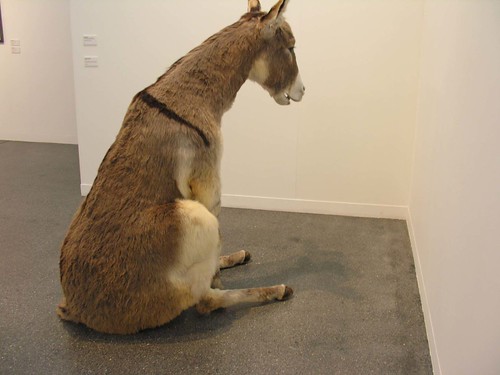
The exhibitions change and overlap, I started in Sala A where The Collection, the best works of La Laguna’s famous artist, Oscar Dominguez, and Written Portrait, a collection of sketches and photos by Patti Smith, are both finishing on September 6. A brief brush up, reminded me how vibrant Oscar’s slightly surreal works were but as a fan of Patti Smith the leader of the 70’s New York punk scene, I was keen to see her other talents. To be blunt , the sketches looked like a childs scribble, and the polaroids were pretty ordinary, a few too many rock and roll Woodbines over the years for Patti I feel. Tucked just inside Sala A is Area 60, a small room reserved for experimental performance and active art, the latest being Impasse by Beatriz Lecuona and Oscar Hernandez, which I just missed “going off” at 1pm, it also does its thing at Noon, 5pm, 6pm and 7pm, more of that later.
 
The main Sanata Cruz library (above) now resides at TEA, in a bright modern setting with loads of work spaces for students to study, there is also a cinema that shows international films of note in their original language, normally 4 euros, seperate or extra to the main admission prices. Sala B was calling, offering Mexico, Expected/Unexpected, and this is where it got very strange. This collection from Isabel and Agustin Coppel sprawls through several rooms, starting with displays of shovels and a forest of scrap metal, representing the hard labour the poor people of Mexico were made to endure to raid the country’s natural wealth for rich exploiters.
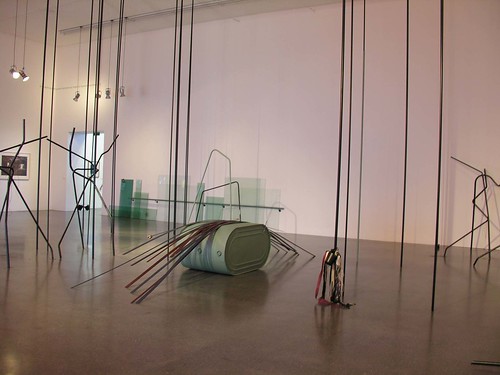
Then I turned a corner, and saw such an ass, no not a mirror, an actual stuffed donkey sat in a corner, looking fairly relaxed considering what had happened to it. The surprises came thick and fast now, a video of a Humming Bird,enticed into a trance – possibly one of Paul McKennas tricks, and a video room showed a young naked Cuban lady empty a jug of blood over herself at the edge of a lake, before rolling in a pile of white feathers. A bit further, another video area showed a tug of war with men pulling a white Volkswagen in several directions as a band played a cover of Moby Dick by Led Zepplin – are you confused yet, I was.
Sala C was pretty tame in comparison, Mi Colecion de Vidas by Alexis W, head and shoulder photos of the artist and friends, set against a black background, quite haunting. I adjourned at this point back into the outside world for food and drink as I digested all I had seen. One last pleasure drew me back for 5pm, Impasse was due to blow. A large “fireplace” for want of a better word, stood against a white wall, the staff, who again outnumbered the visitors, were as fascinated as I was as a rumbling sound was followed by a cascade of black plastic paint, which went on for around 5 minutes, strangely hypnotic. My suggestion to the staff, that the paint could be replaced with chocolate or Dorada got a chuckle and little resistance.
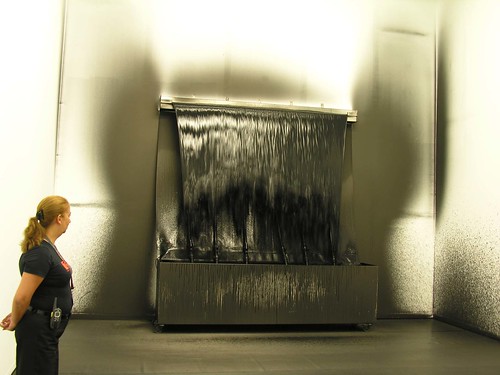
I may sound a bit cynical, but TEA is a firm favourite with me, always fun, interesting and different, I just wish more people would visit it. TEA is open from 10am to 8pm Tuesday to Sunday, entrance is 5 euros for adults, 2.50 euros for residents, one euro for over 65’s and under 26’s and FREE for under 12’s. Check out the website and pop in soon, you would be an ass to miss it.

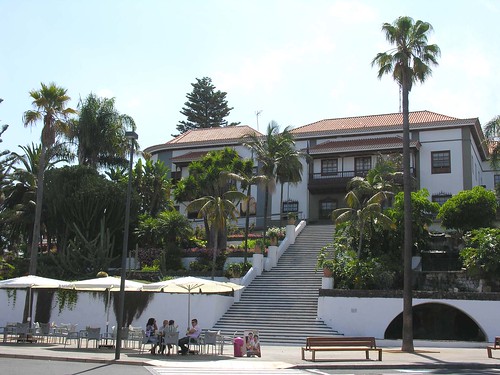

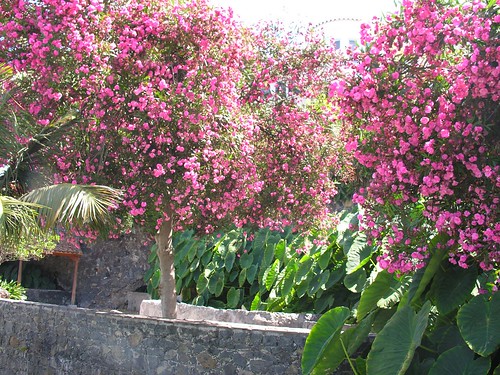
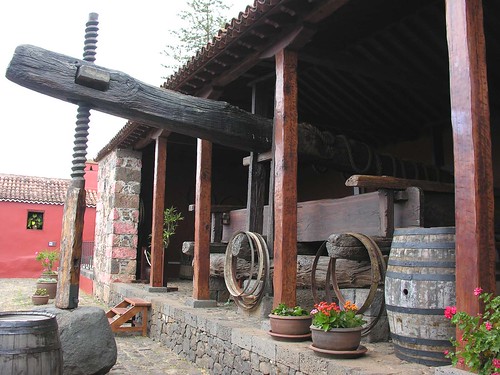

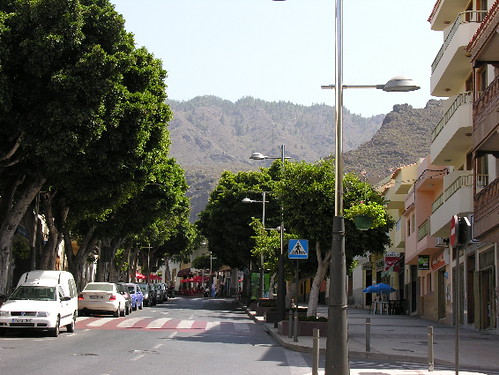
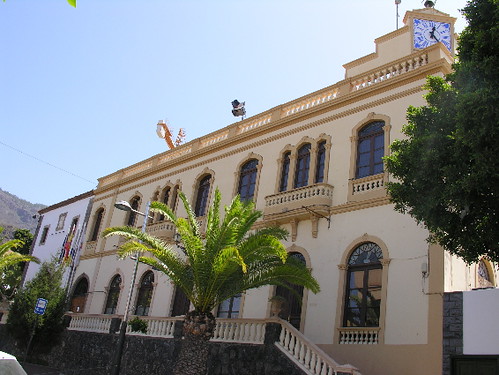

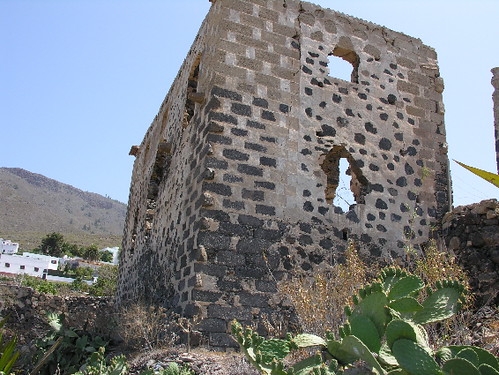
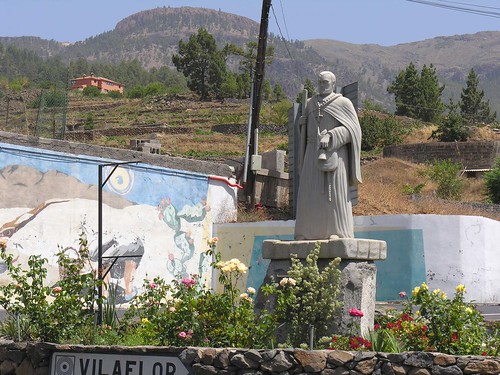

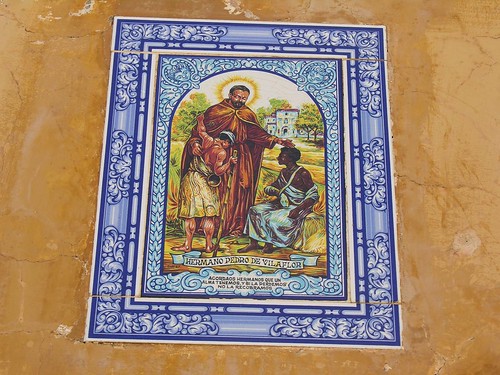
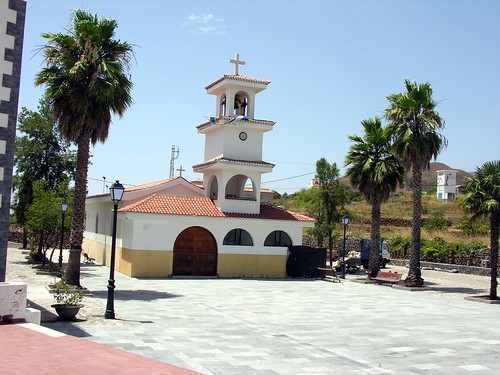
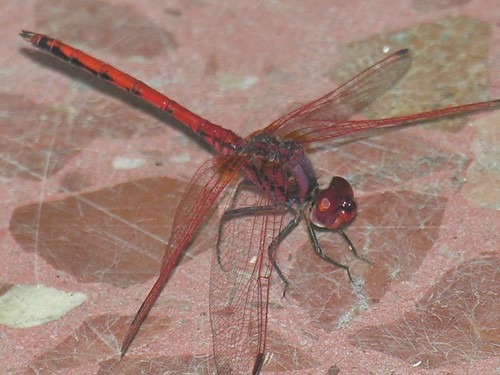
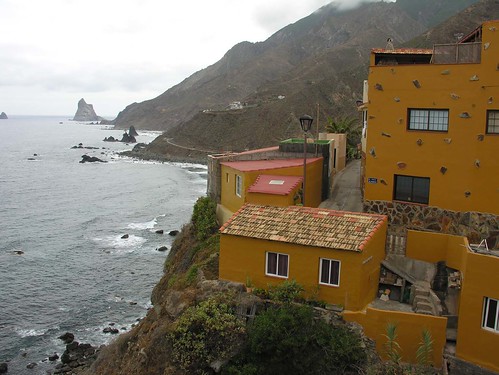
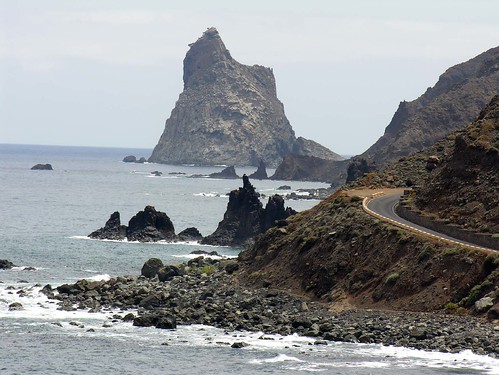
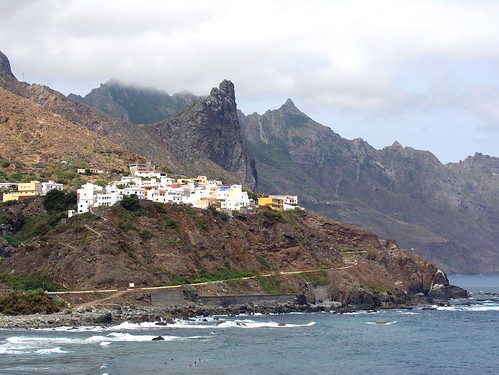
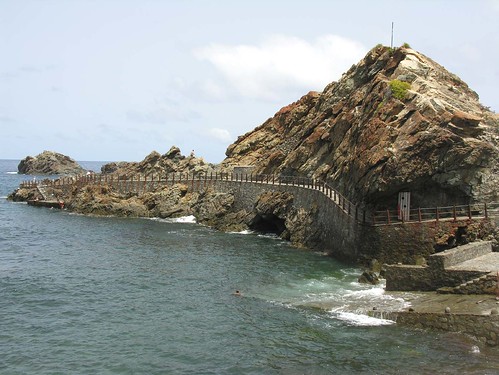
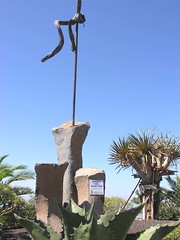 Fuelled by a British promotors pledge to stage speedway in San Miguel, the ancient south east Tenerife town roared to the top of my “must explore soon” list. I had brushed the fringes a few years ago on the Camino de la Hoya walk but now felt the urge to do it justice. A 416 Titsa bus to Granadilla, whisked me up through pretty Arona towns, La Camela and Valle San Lorenzo before dropping me at the edge of San Miguel 30 minutes later, at a cost of 1.25 euros on my Bono ticket.
Fuelled by a British promotors pledge to stage speedway in San Miguel, the ancient south east Tenerife town roared to the top of my “must explore soon” list. I had brushed the fringes a few years ago on the Camino de la Hoya walk but now felt the urge to do it justice. A 416 Titsa bus to Granadilla, whisked me up through pretty Arona towns, La Camela and Valle San Lorenzo before dropping me at the edge of San Miguel 30 minutes later, at a cost of 1.25 euros on my Bono ticket.